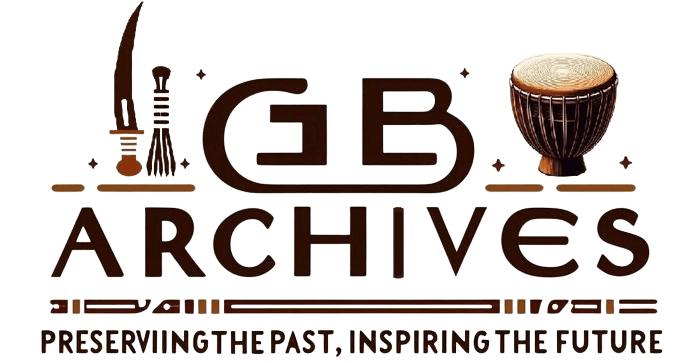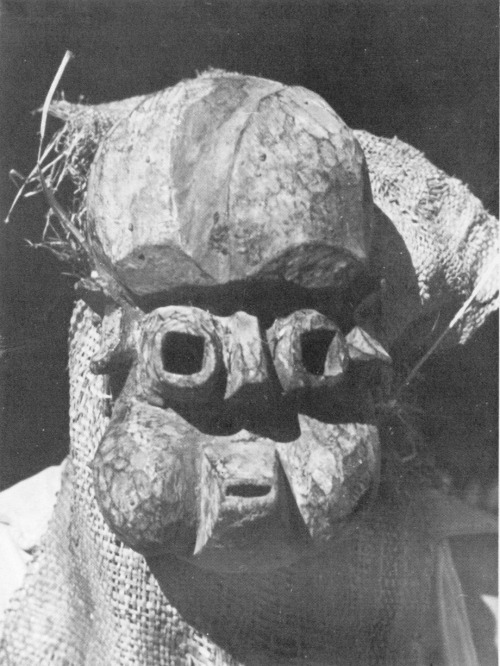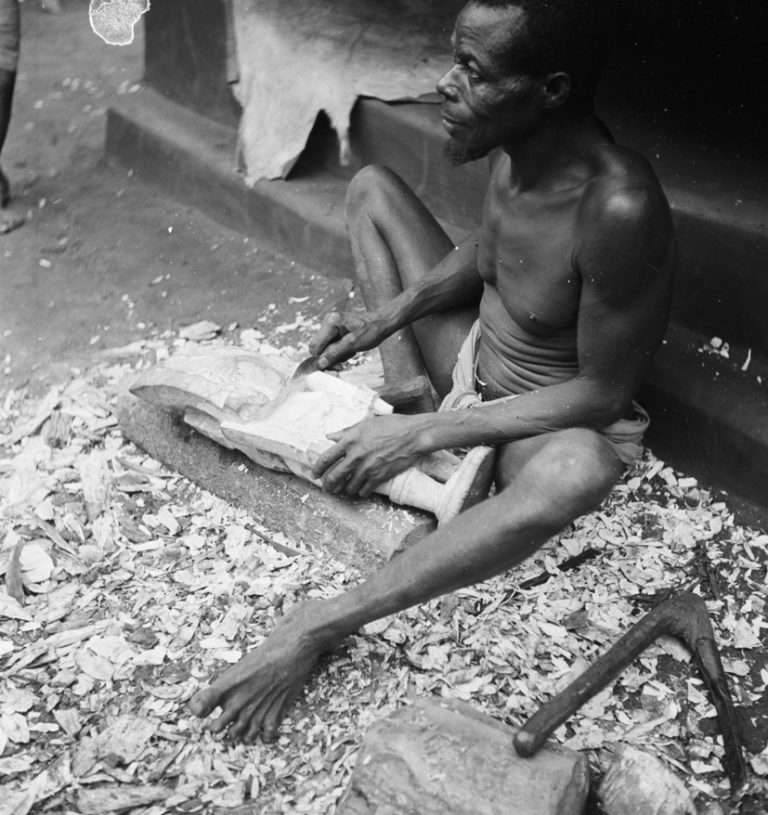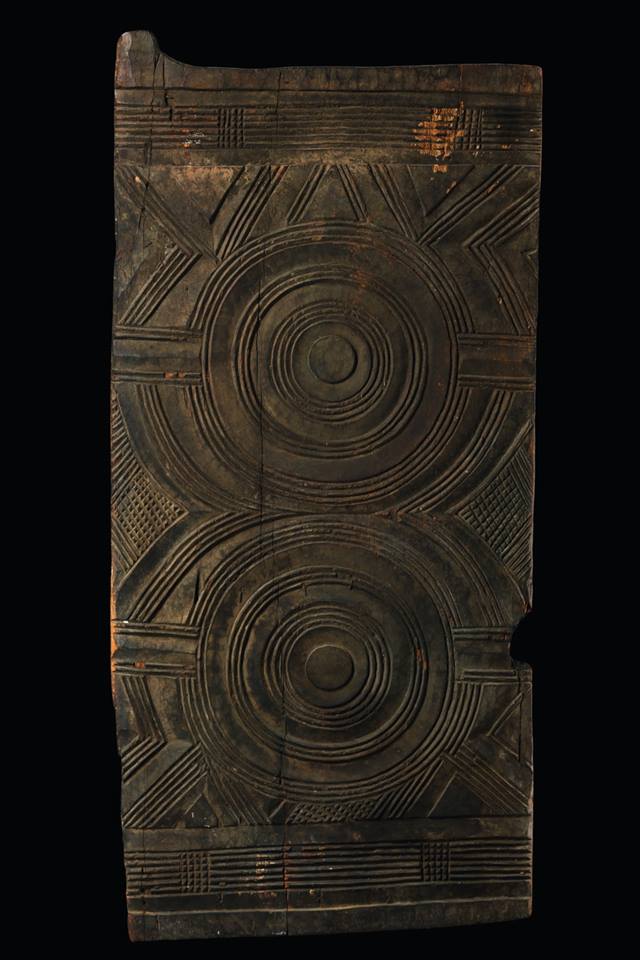
Shared under a Creative Commons Attribution-NonCommercial-ShareAlike 4.0 International (CC BY-NC-SA 4.0) license.
This black and white photograph shows a young girl adorned with traditional body art. The woman’s skin is painted with Uli patterns. She is wearing a headpiece with feathers and other decorative elements. Her back is turned towards the camera, showing the designs on her skin more prominently. The blurred figures in the background suggest that this photo was taken at a public event or gathering. This image showcases the Igbo traditional art form of Uli. This art form holds significance in terms of identity and aesthetics within this community.
Uli designs were drawn using natural dyes made from plants. These patterns were applied to the body and sometimes on walls, often during ceremonies or special occasions. The designs were temporary, fading naturally over time.
Uli was more than decoration—it was a way to express identity, beauty, and cultural values. The patterns were inspired by nature and everyday life, with shapes like spirals, leaves, and lines. Women who wore Uli often did so to mark important events or showcase their artistic skills.
Though Uli isn’t as common today, it remains an important part of Igbo heritage. Artists and cultural groups are working to preserve and revive this unique tradition.
Explore Further
To learn more about Uli, its origins, cultural significance, and how it has evolved over time, visit The Art of Igbo Body Decoration.
 Artistic Insights, Cultural Insights
Artistic Insights, Cultural InsightsUli, or Uri as it is known in some Igbo dialects, signifies one of the most ancient and visually captivating art forms in Igbo culture. Predominantly practiced by Igbo women, Uli designs were created using plant-based pigments. They were applied to the body and the walls of houses as symbols of identity, beauty, spirituality, and cultural heritage. […]
Discover more from Igbo Archives
Subscribe to get the latest posts sent to your email.




